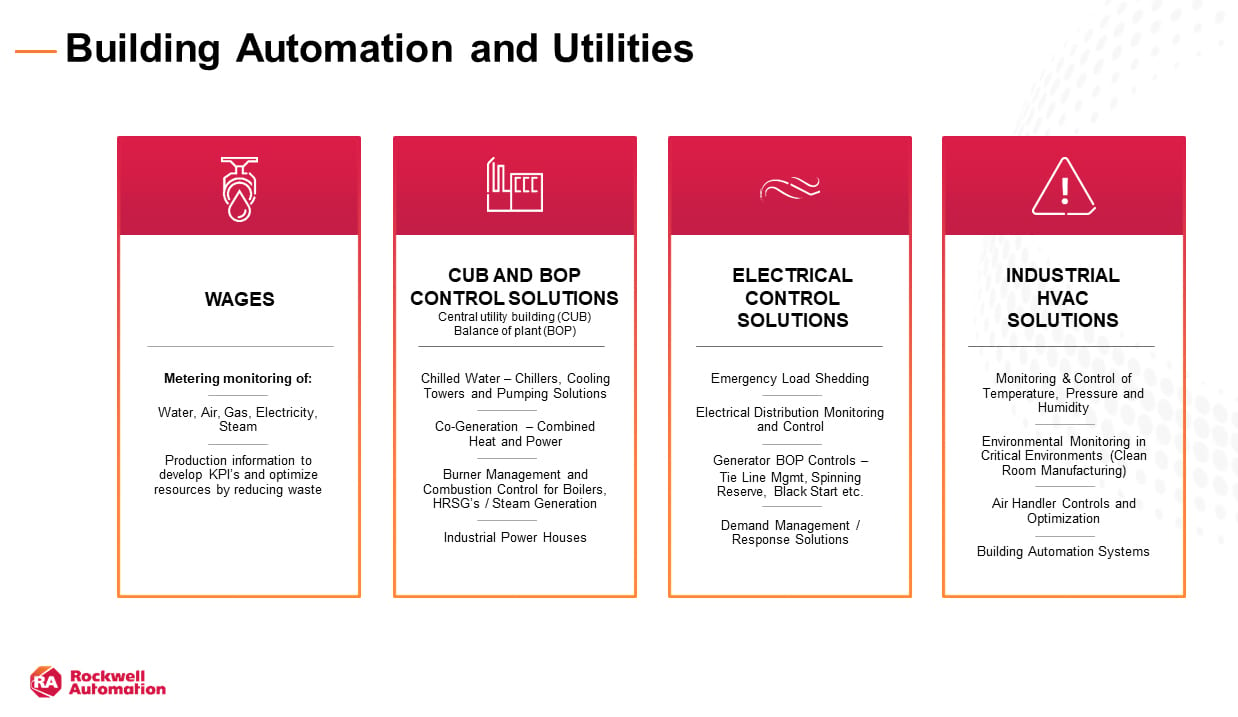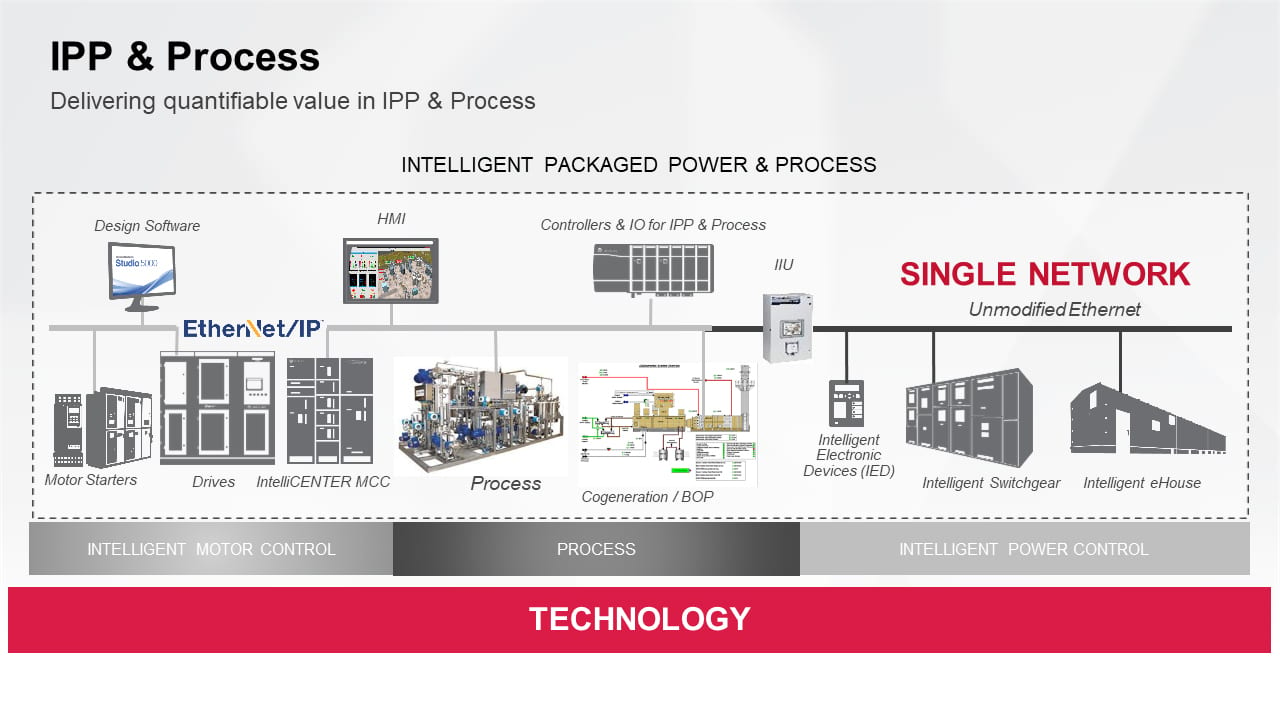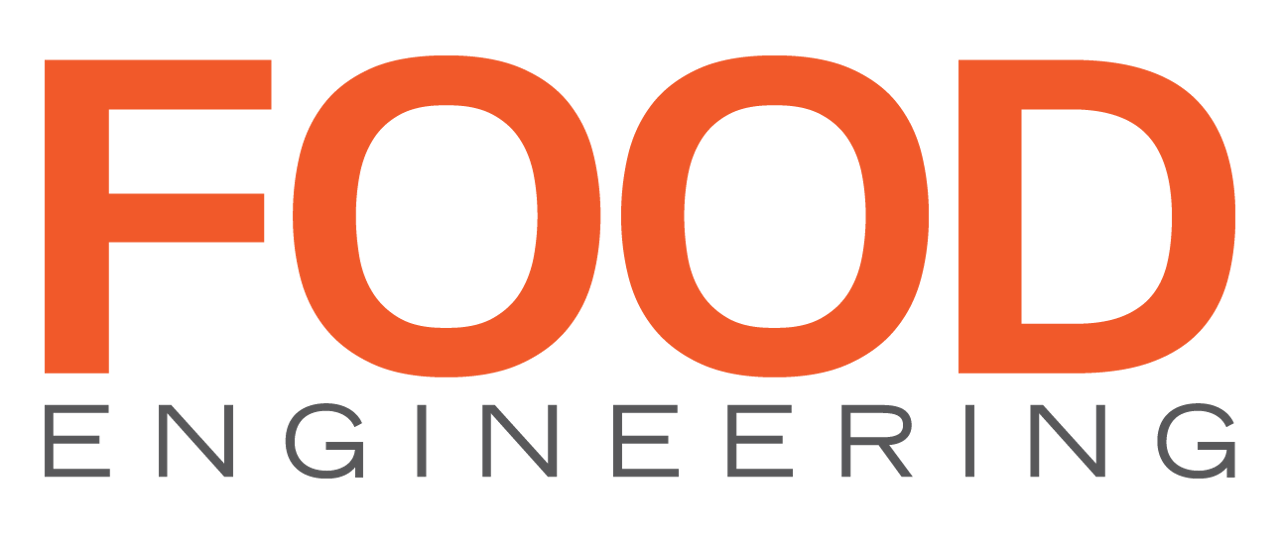NovemBER 2022
Automation
Integrating Operations Technology with
Building Management Systems 101
When it comes to integrating automated systems within a facility (or with the facility itself), everyone has to start somewhere.
by Derrick Teal, Editor-in-chief
Photo courtesy Getty Images / ipopba
Nearly every industry is full of acronyms. LEED, USGBC, IMP, SIP, ICF, AIA, BIM, CAD, P.E. and ASHRAE are the construction-related acronyms I was able to prattle off without really thinking about it. But keeping straight what they stood for when I first started out took a little bit more time, let alone understanding which was which. So when I saw integrating OT with BMS as one of the topics this month, I was a little confused as to what integrating overtime with Bristol-Meyers Squib had to do with Food Engineering. After a second of wondering, I did remember that BMS stood for building management system, but I still had to look up OT to put it into context. To give myself and others a bit more understanding of the systems at play here, I talked to Edwin Alsina, senior application consultant with Rockwell Automation’s lifecycle services team.
Edwin Alsina, senior application consultant, Rockwell Automation

FE: Number one, what is OT and what is BMS?
Edwin Alsina: OT is the operating technology that would be in your plant network where all your control systems are connected and communicating. BMS in this case your building management system controls systems like your facility’s air conditioning or environmental control. (In our work we do have a couple of acronyms that are the same, for example we have another team that does burner management systems.) Our [Rockwell’s] role is that we make all the systems work together to maintain the desired environmental conditions in production areas, these being your temperature, your relative humidity or your differential pressure. Our intelligence systems are pretty much the brains of your mechanical system operations.
Building automation is able to save money by ensuring systems are at the proper settings. Image courtesy of Rockwell Automation

FE: How does a food manufacturing facility benefit from this?
Alsina: There are several benefits to having a building management system. First, it gives you a centralized user interface where the plant operators and engineering staff can see, maintain and operate the functionality of their environmental systems. These systems can have energy-conservation elements integrated into the application to maximize and improve the system efficiency, reducing your energy consumption. Plus it will also have a system monitoring your critical area so you have record keeping of your temperatures, humidity and the parameters that will have a direct effect on your product.
It gives the flexibility to not need anyone in front of a computer all day long. Through our team manager technology, we give the customer not only the flexibility of having access to the system through multiple devices, but all the all the software and application reside in the server. You have the ability to log into the system from any network, any operator workstation in the network or remotely via VPN. But you can also use a tablet or a phone to connect to the system and do the functions that you need to do. For example, if you receive an alarm, you can log into the system either through your phone or tablet or a workstation. And you don't need to have any software in that device. All the software needed resides in your server, and it is secure at that location to reduce your cybersecurity risk.
FE: Can systems like this they help prevent downtime within a facility?
Alsina: Yes, they can. They can not only prevent, they can predict it. They can send an alert saying that you have a motor running high on temperature, so you better pay attention to this before it fails.
Power control systems and process systems can be linked to work together to improve product by ensuring environmental settings are properly maintained.

FE: Say I’m a facility owner and I want to automate my systems more. What would I first need to look at?
Alsina: First, we need to look at the user requirements of that production area or that process area. We look at the mechanical systems that are being utilized to maintain those environmental parameters, some of them may have some level of automation, others don't have any automation. Those we will need to add the components required to control the system operation. That consists of everything from sensors, actuators, controllers, variable frequency drives and other such components. We either network to smart components like your variable frequency drive or unitary controllers that are controlling the amount of air going into an area or the heat required to maintain that area temperature.
Those that have some level of automation, we network those to our system and our controller will manage the operation of those systems either controlling how much chill water to use to maintain an area within the specified temperature or controlling how much air goes into a room and networking to smart devices.
FE: Is it more cost effective to buy a machine that does have these automated systems integrated already, or is it more cost effective to add these systems and sensors to existing machines?
Alsina: It depends. There are some manufacturers that package their application controllers in their systems, and we do have the ability to talk to those. From our standpoint we do have and like standard applications for building management. Regardless, we’ll make it the most cost effective for our customers.
FE: Is there something that we haven't yet discussed that you think is important for somebody just starting on this venture should know?
Alsina: Yes, actually many of our customers, when we show up at a plant, they have maybe three or four different systems. You have a system for the building management solution. You have a separate system for process controls and you have a system for power management. What we do with the Rockwell Automation solution is we extend that process platform to do your building management, and it's even capable of doing your power and demand management. So you have one system, one platform that is common for your building management, your process controls and your power systems. That gives the facility owner the ability to look at all the systems and learn, maintain and operate from a single platform rather than training personnel on three different systems. FE
NOVEMBER 2022

